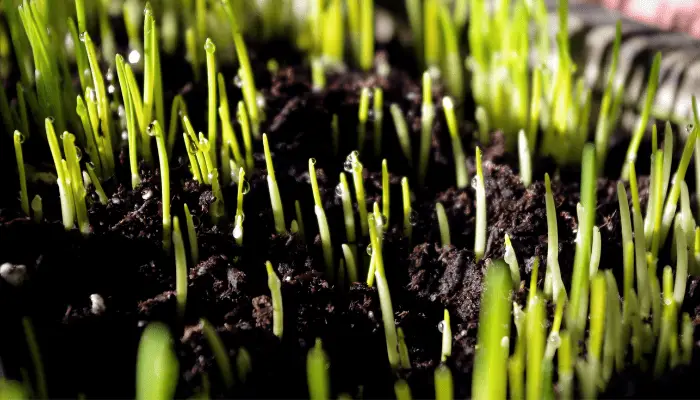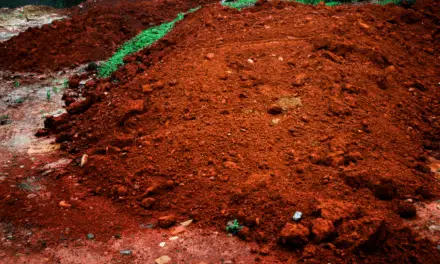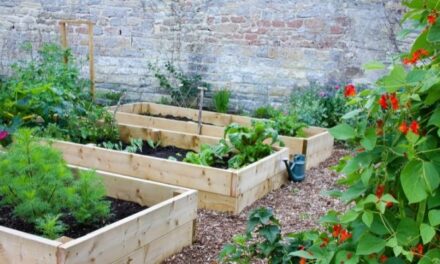Wheatgrass soil should consist of a lightweight and loose potting mix that’s not too dense. One of the best soil ratios for wheatgrass is a 50-50 mix of organic potting soil and compost.
You can grow wheatgrass in a variety of ways, including:
- In water
- In organic soilless potting mixes
- In compost
- In coir
- In garden soil
Garden soil, by itself, can often be too dense for wheatgrass to grow well.
Related Article: How To Grow Cotton At Home – Indoors And Outdoors

And compost, alone, can be too dry.
While it can be cheaper and easier to grow wheatgrass in jars of water, it will be less vibrant and have less nutrition, compared to soil-grown wheatgrass.
If you need a regular supply for juicing or eating, it’s also impractical to grow it in jars of water.
Firstly, you’d need a lot of jars for all the growing and secondly, you’d be spending much of your time rinsing, draining, and filling them up again.
Growing wheatgrass in soil takes less time and requires a lot less space.
A good mix of soil and compost also provides the nutrients it needs to flourish.
And as mentioned earlier, one of the best soils for wheatgrass is a 50% organic potting soil and 50% compost mix.
If you’re looking to buy organic potting soil for your 50-50 mix, one of the best you’ll find is Roots 707.
Roots 707 is designed to hold on to moisture and that is very important for wheatgrass growth.
It also contains a range of ingredients like worm castings, bat guano, and fishbone meal that wheatgrass thrives on.
A great organic compost for your 50-50 mix is Black Gold’s Garden Compost. It’s free of sewage sludge and biosolids, unlike many other commercial composts that you’ll find.
Adding quality compost will improve your soil in a number of ways including:
- It adds natural humus and slow-releasing plant nutrients back to the soil.
- It increases soil fertility and nitrogen levels.
- It improves water retention, making water more readily available to the wheatgrass roots.
- It helps with nutrient retention by reducing the leaching away of nutrients from roots, particularly if your soil is on the sandy side.
Conclusion
Wheatgrass grown in soil is richer in color and richer in nutrients than wheatgrass grown by any other method.
Don’t forget to give your soil a good mixing to encourage looseness and good drainage.
Using the soil suggestions in this guide, you’ll be sure to have thick quick-growing, nutrient-dense wheatgrass in no time.




